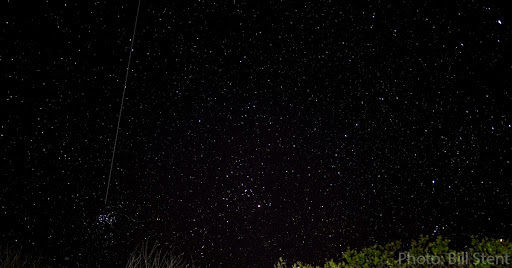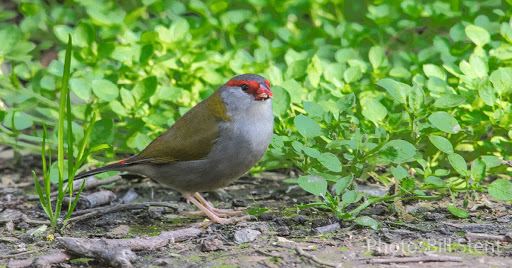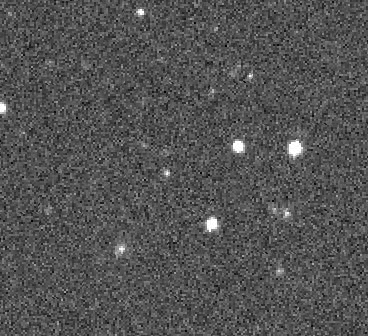Geostationary orbits and Lagrange points

Geostationary orbit What if you could park a satellite in a permanent position so it moves along with the Earth? How useful would that be? Most satellites are in a dynamic orbit around the Earth. You can see then after sunset and before sunrise, moving like a silent aeroplane through the sky. This photo shows one. My daughter and I were trying to get a photo and a satellite photobombed the Pleiades. This happens a lot. Because these satellites move in relation to the Earth, they can look down and see large parts (in some cases the whole) of the Earth slip by underneath them. It's useful for spy satellites, weather satellites, and GPS satellites. Communication satellites are like mobile phone towers, in that you can swap from one to another without breaking the call. But having satellites that don't move in relation to the Earth, that just hang in one place, is terribly useful. You've seen all those TV dishes on people's houses - they don't track at all, b...









